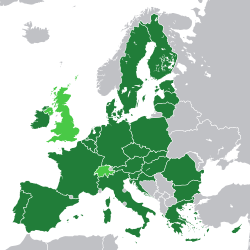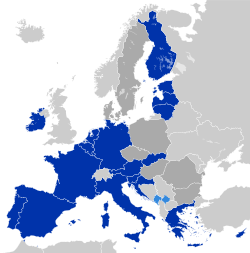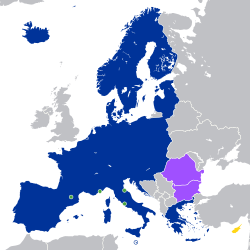This article needs additional citations for verification . Please help improve this article by adding citations to reliable sources. Unsourced material may be challenged and removed. Find sources: "Intergovernmental Conference" – news · newspapers · books · scholar · JSTOR (April 2011) ( Learn how and when to remove this message ) |
In the politics of the European Union, an Intergovernmental Conference (IGC) is the formal procedure for negotiating amendments to the EU's founding treaties. [1] Under the treaties, an IGC is called into being by the European Council, and is composed of representatives of the member states, with the Commission, and to a lesser degree the Parliament also participating.
Contents
An IGC will conclude with a meeting of the European Council, at which any political issues requiring resolution at the level of Heads of State or Government will be resolved, and final political agreement will be reached. [2] A final treaty text in each of the community languages will then be prepared by the legal and linguistic experts of the member states, before being presented to the member states for signature and ratification.




